Eco-Friendly Materials for Your Next Kitchen Renovation
When planning a kitchen renovation, the choice of materials can affect both your home’s appearance and the environment. The kitchen is the heart of the home. Over the years, it has changed from a space focused solely on function to one that is both functional and sustainable. Choosing eco-friendly materials for your kitchen renovation enhances its visual appeal. Moreover, it helps save energy, reduce waste, and create a healthier living environment.
In this guide, we’ll explore the best eco-friendly materials for your kitchen renovation. You’ll learn how to make informed choices for a sustainable and modern kitchen.
Why Choose Sustainable Kitchen Materials?
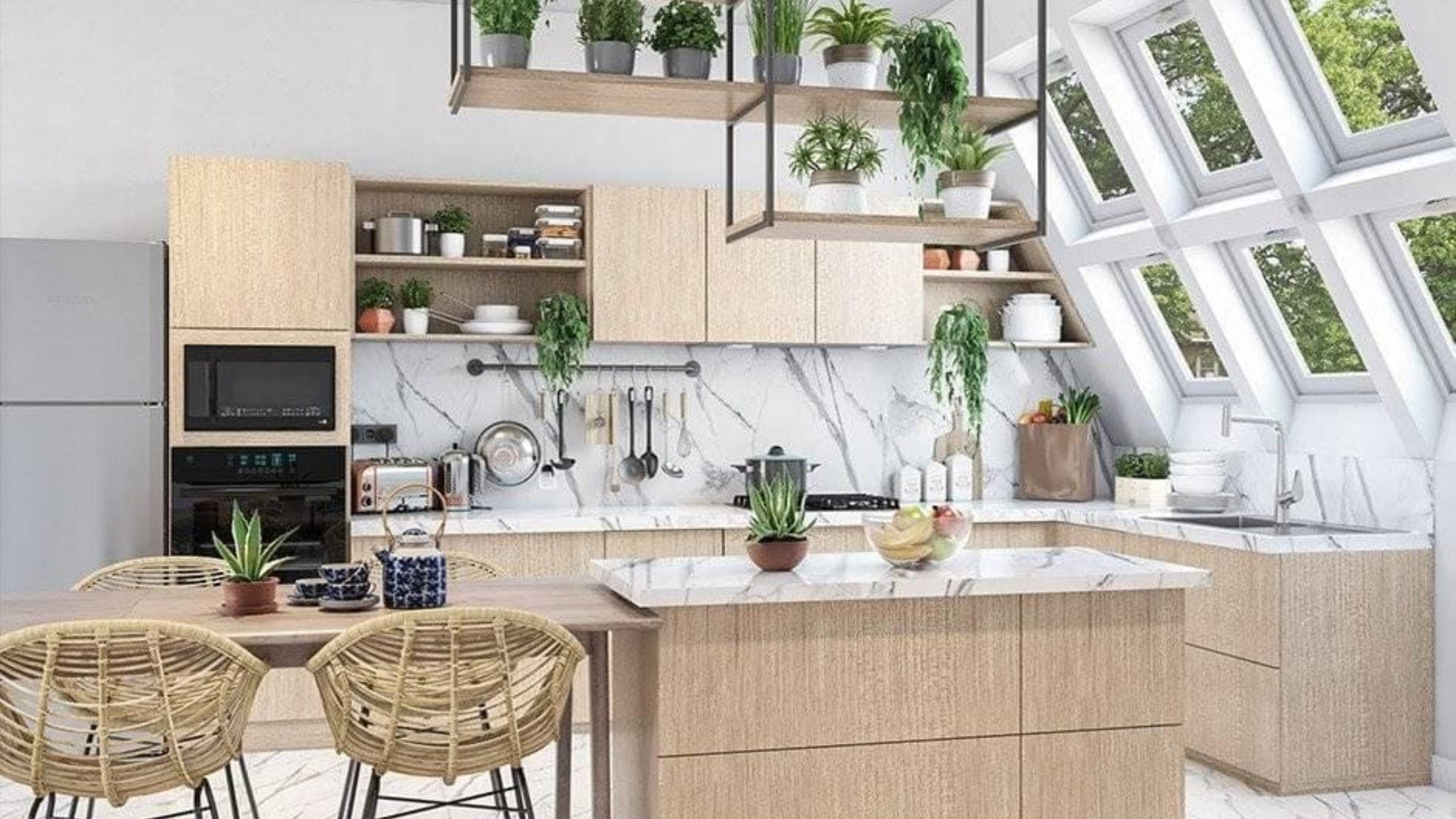
Choosing sustainable kitchen materials goes beyond trends. It is a conscious decision that benefits both the environment and your home. Standard building materials often rely on non-renewable resources. They also contribute to environmental damage. In contrast, sustainable materials are made with nature in mind. They reduce waste, require less energy to produce, and leave a smaller carbon footprint.
Here are a few key reasons why opting for eco-friendly materials in your kitchen renovation is a smart choice:
- Energy Savings: Sustainable materials and energy-efficient appliances help reduce your home’s energy consumption, leading to lower utility bills while promoting energy conservation. Over time, these choices can save you money and reduce your household’s carbon footprint.
- Reduced Environmental Impact: Materials like bamboo, recycled glass, and reclaimed wood are not only renewable but also help reduce waste. By incorporating these materials into your kitchen, you’re making a direct contribution to minimizing resource depletion and diverting waste from landfills.
- Healthier Living Environment: Many traditional materials can release harmful chemicals, such as VOCs (volatile organic compounds), into your home. By choosing non-toxic materials—like natural stone countertops, low-VOC paints, and formaldehyde-free cabinetry—you ensure your kitchen is a healthier, safer space for you and your family.
Making the switch to sustainable materials means creating a kitchen that’s as eco-conscious as it is stylish—one that benefits both you and the planet.
Top Eco-Friendly Materials for Kitchen Renovations
1. Bamboo Kitchen Cabinets
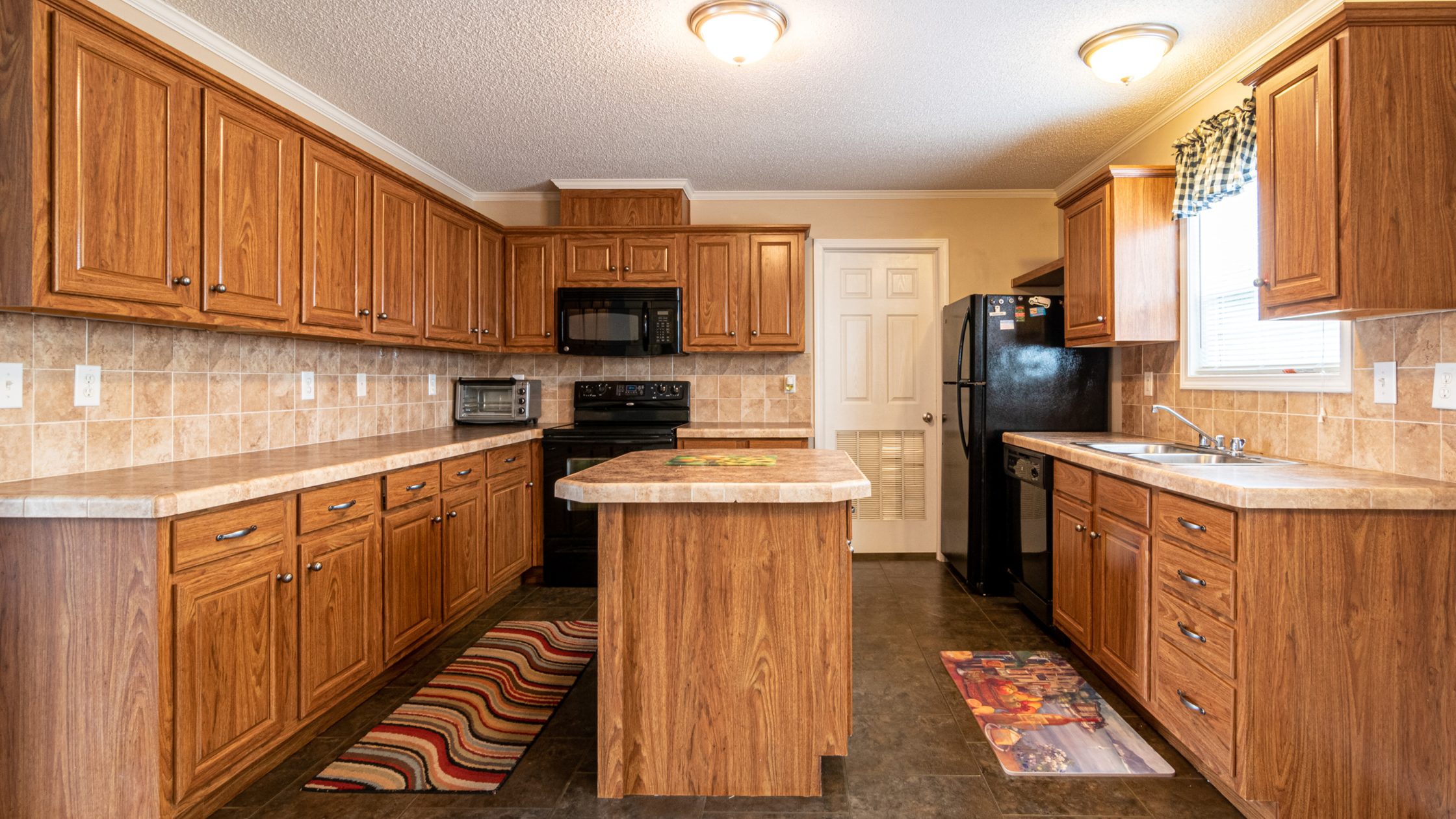
Bamboo is an exceptional eco-friendly material that’s becoming a top choice for kitchen cabinetry. Not only is it durable and visually appealing, but it’s also one of the fastest-growing plants on Earth, making it a highly renewable resource with minimal environmental impact. Bamboo cabinets are lightweight, resistant to moisture, and can be finished with non-toxic stains or paints, ensuring they’re safe for your home. Whether you’re designing a modern, sleek kitchen or a more traditional space, bamboo’s versatility will complement any style.
Benefits
- Highly durable and long-lasting: Bamboo is naturally resilient and built to withstand everyday wear and tear.
- Renewable and fast-growing: As one of the most sustainable materials, bamboo regenerates quickly and doesn’t require replanting.
- Aesthetically versatile: It can suit both contemporary and classic kitchen designs, offering a warm, natural look.
2. Recycled Glass Countertops
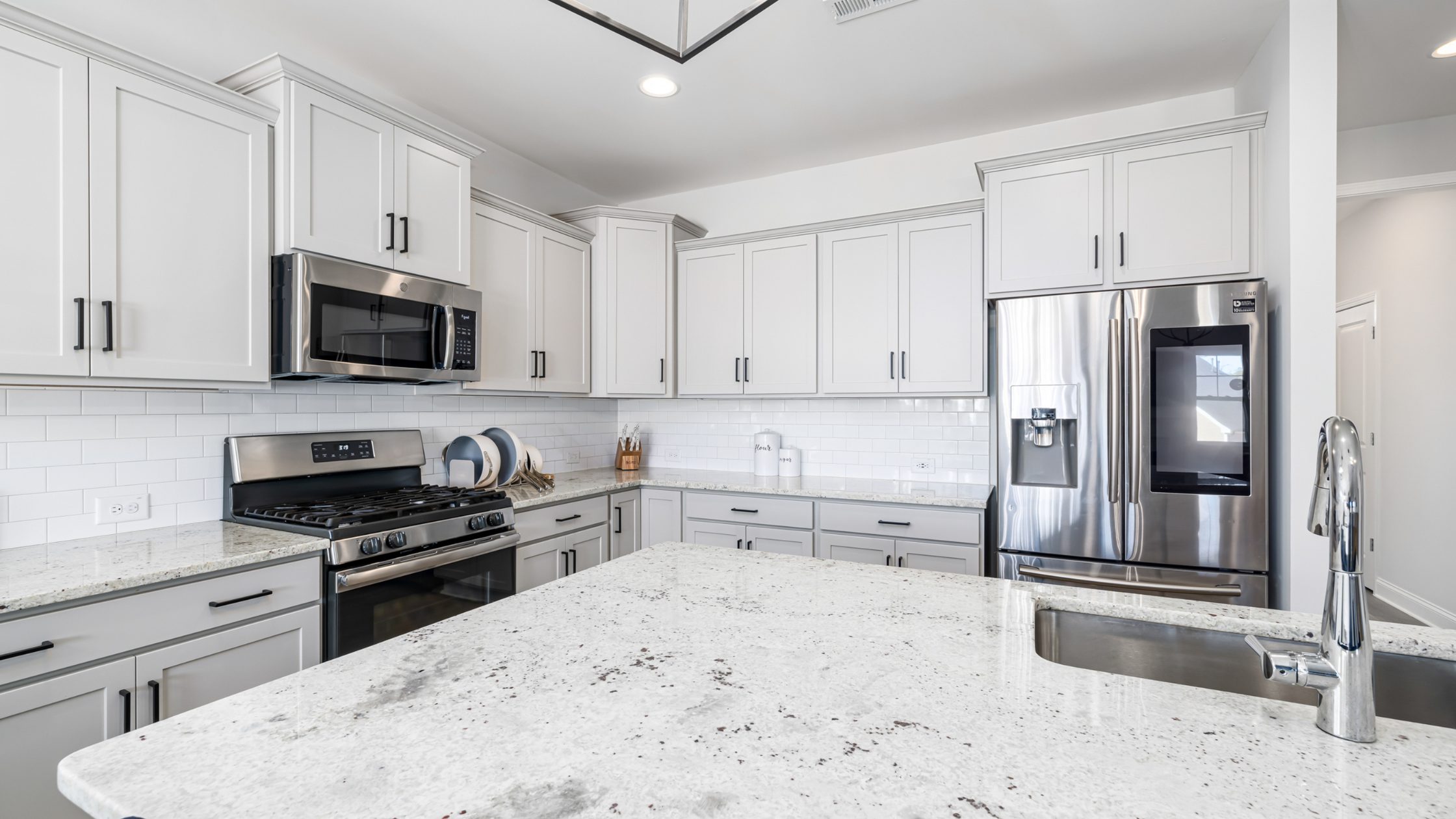
Recycled glass countertops are rapidly gaining popularity for their stylish, sustainable appeal. These countertops are crafted from post-consumer glass waste, combined with other recycled materials like resin, cement, or mirror glass, resulting in a durable and attractive surface. Choosing recycled glass not only reduces the need for new raw materials but also prevents a significant amount of glass waste from filling landfills.
Benefits
- Unique, customizable designs: With various color options and textures, you can create a one-of-a-kind countertop that reflects your personal style.
- Highly durable and low-maintenance: Glass countertops are non-porous, resistant to stains, and easy to clean, making them a practical option for a busy kitchen.
- Made from 100% recycled materials: A perfect example of upcycling, offering an environmentally responsible alternative to conventional countertops.
3. Non-Toxic Materials for a Healthier Home
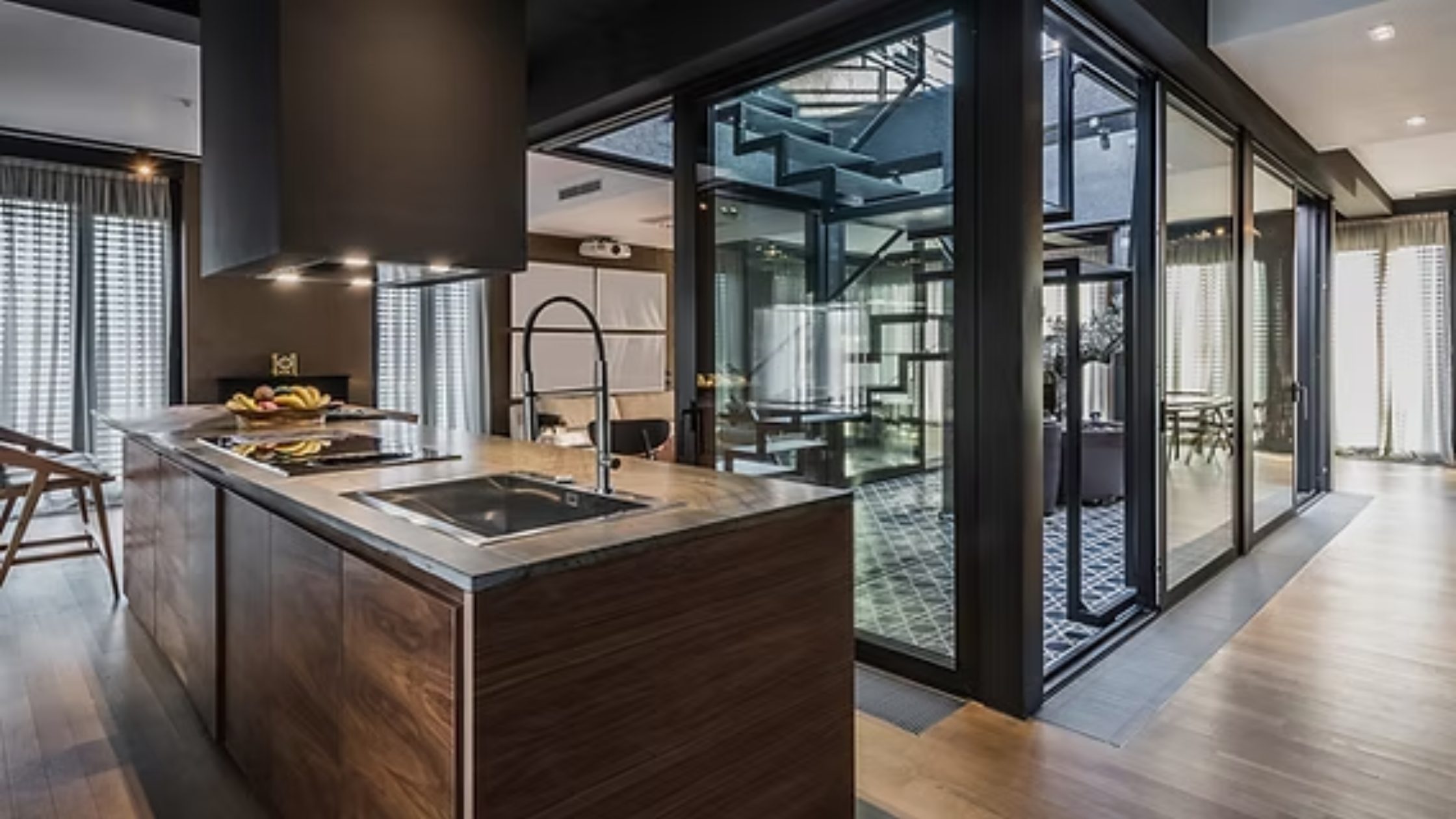
Creating a healthy home environment is just as important as aesthetics, and non-toxic materials play a critical role in ensuring your kitchen remains safe for you and your family. Materials such as natural stone, low-VOC paints, and formaldehyde-free plywood contribute to better indoor air quality by minimizing the release of harmful chemicals. By selecting these options, you are creating a healthier kitchen free from pollutants and toxins, making it a safer space for everyday living.
Benefits
- Natural stone countertops (e.g., granite, quartzite): These non-toxic materials are durable and add an elegant, natural touch to your kitchen.
- Zero-VOC paints: These low- or no-volatile organic compound paints eliminate harmful emissions, making your kitchen’s air quality cleaner.
- Formaldehyde-free plywood for cabinetry and shelving: Essential for reducing the release of potentially harmful gases into your home’s environment.
4. Energy-Efficient Kitchen Appliances
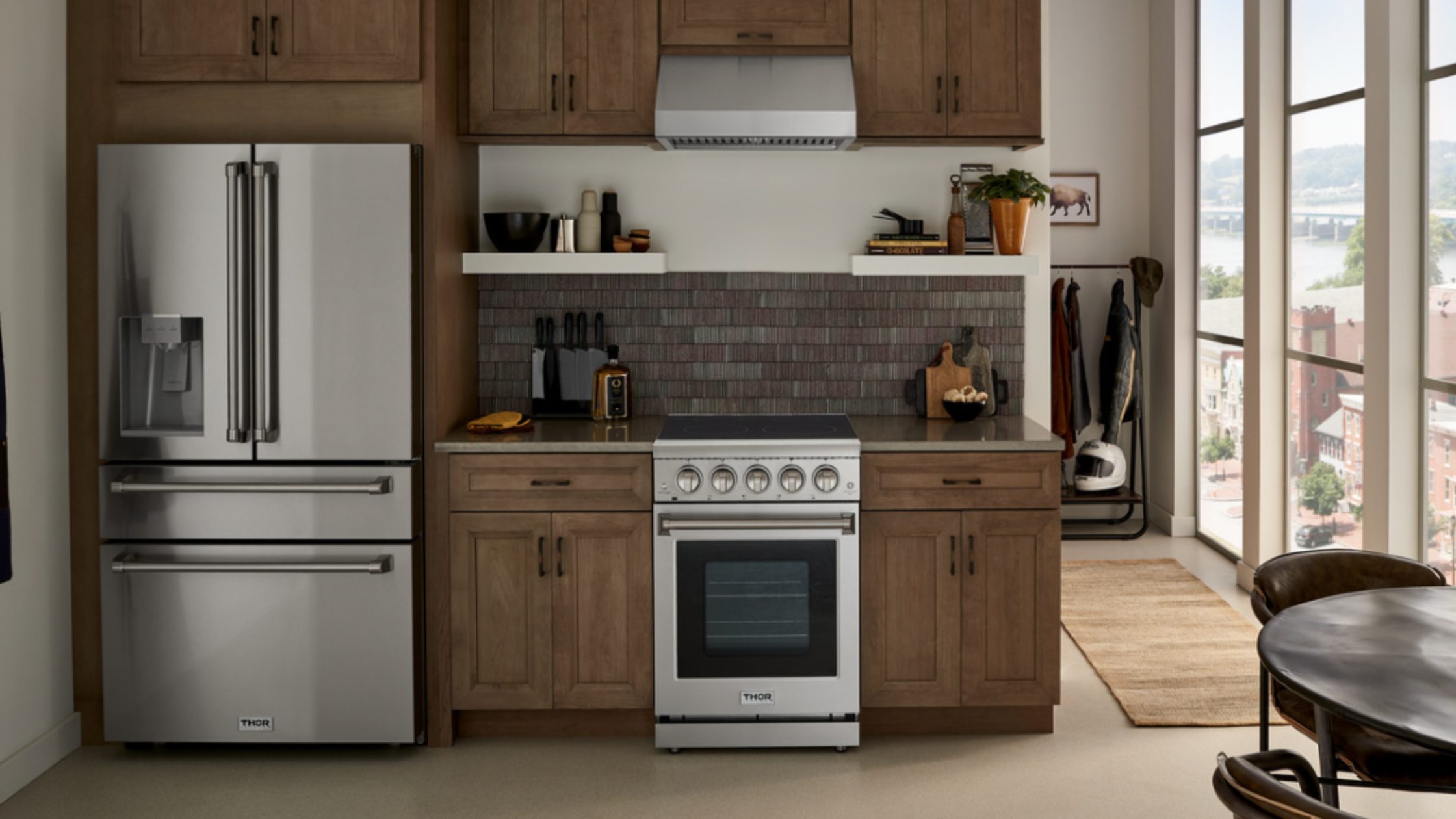
Energy-efficient appliances are a cornerstone of any sustainable kitchen renovation. These modern appliances consume less electricity and water, ultimately reducing both your environmental impact and utility bills. Refrigerators, dishwashers, and ovens that have earned the ENERGY STAR label are known for their high efficiency, helping you save money while reducing your carbon footprint.
Benefits
- Lower energy consumption and reduced carbon footprint: Energy-efficient appliances consume less power, helping to decrease greenhouse gas emissions.
- Water-saving options for dishwashers and faucets: Many energy-efficient models are designed with built-in water-saving features, which can help conserve one of our most precious resources.
- Long-term cost savings on utility bills: Though these appliances may have a higher upfront cost, their energy and water-saving capabilities lead to significant savings over time.
How to Choose the Right Materials for Your Kitchen
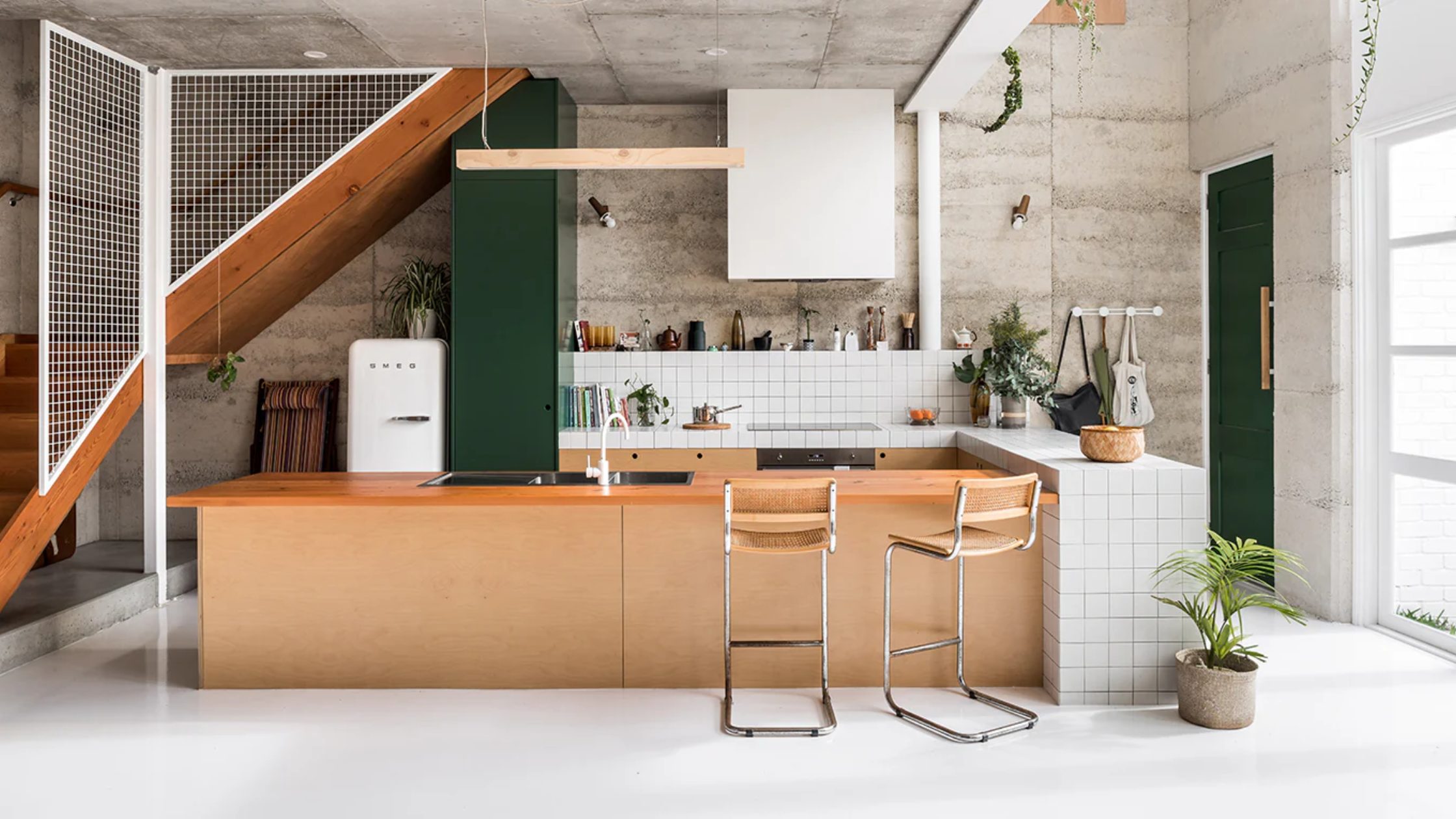
Choosing the right eco-friendly materials for your kitchen can seem overwhelming, but with the right knowledge, the process becomes easier. Here are some tips to help guide your decisions:
- Consider durability: Sustainable materials should last longer, so choose options like bamboo or stone that will stand the test of time.
- Think about maintenance: Materials like recycled glass and natural stone are low-maintenance and easier to care for over the long run.
- Aesthetic appeal: Choose materials that complement the existing design of your home while maintaining eco-friendliness. For example, bamboo is perfect for a modern, minimalist kitchen, while reclaimed wood works well in rustic spaces.
- Budget: Sustainable materials can sometimes be more expensive upfront, but the long-term savings in energy bills and durability can offset the initial costs.
FAQs About Sustainable Kitchen Renovations
Q. How do eco-friendly materials save you money?
Eco-friendly materials may have a higher upfront cost, but they often save money in the long run through reduced energy bills, water usage, and maintenance costs.
Q. What are the best energy-efficient appliances for a kitchen?
Look for appliances with the ENERGY STAR label, such as energy-efficient refrigerators, dishwashers, and ovens. These appliances use less energy and water, saving you money and reducing your environmental impact.
Q. Can sustainable materials be cost-effective?
Yes, sustainable materials can be cost-effective, especially when you factor in long-term savings. For example, energy-efficient appliances and water-saving fixtures reduce your utility bills over time, and durable materials like bamboo and recycled glass last longer, meaning you’ll spend less on replacements.
Conclusion
Choosing eco-friendly materials for your kitchen renovation is a smart choice for the environment and your wallet. From bamboo cabinets and recycled glass countertops to energy-efficient appliances and water-saving fixtures, there are plenty of sustainable options that will make your kitchen both beautiful and eco-friendly. By opting for these materials, you’re not only enhancing your home but also contributing to a greener future.
Take the first step today towards a more sustainable kitchen by exploring eco-friendly materials that suit your design preferences and environmental goals.

